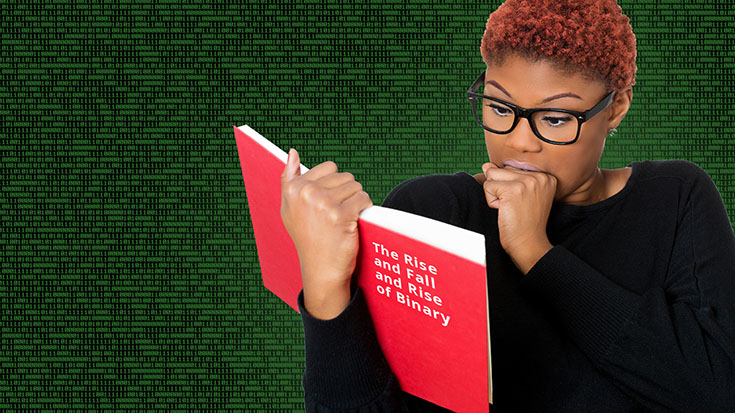
- Innovation in Admissions: Personal Email from Royalty
- New Take on Digital Literacy
- Developments in Smartphone Technology
Innovation in Admissions: Personal Email from Royalty

This spring, applicants who have been accepted by certain colleges and universities will be notified by an email from a member of the royal family of a country no one has ever heard of. “Every year we work to increase the number of students who accept our offers of admissions,” said Angelica Smythson-Abernathy, dean of admissions and financial aid at one university involved in this project. “We hope that applicants will feel like part of an exclusive club when they get an email from an actual prince.”
The prince who is providing this service will send a semi-personalized email to accepted applicants, introducing himself and informing recipients that they have been chosen for a spot in this fall’s entering class. The email will also alert students about any financial aid they may have been awarded, which in some cases can be in the tens of millions of dollars. Finally, the email asks accepted students to provide bank account information so that funds can be transferred for a deposit that will guarantee their place in the class of 2022. “We see this as a win-win-win,” said Smythson-Abernathy. “Applicants get a one-of-a-kind email experience, the university increases its matriculation rate, and the prince gets 30% of the funds received. What more could you ask for?”
Fundraising officials at the institutions involved in this consortium are watching the program closely to determine whether a similar initiative might benefit their appeals to alumni, foundations, and other potential donors.
New Take on Digital Literacy

No one denies that digital literacy is an increasingly vital skill for people from all walks of life, for virtually any job or career, and cultivating that literacy has become a central part of the curriculum at most colleges and universities. One institution has taken the next — and perhaps final — step in that journey with its Literal Digital Literacy (LDL) initiative, in which students, faculty, and some staff will learn to read and write in the binary code that underlies all digital technologies. The binary code, which dates to the early 1700s, uses just two digits, 0 and 1, to represent letters, numbers, and other characters. For example, students who have completed the LDL program will be able to read “01000011 01101111 01101101 01110000 01110101 01110100 01100101 01110010“ as the word “Computer” or write the date as “01000001 01110000 01110010 01101001 01101100 00110001.” Eventually, all assignments, tests, and administrative functions at the institution will be conducted in binary code. Aside from the obvious benefits of educating students in the “electronic Esperanto” of the digital world in which they have lived their entire lives, the LDL initiative also means that keyboards — including those on smartphone screens — will only need two keys. According to Augustine J. Myerscough, chief academic officer at the institution, “We were looking for a way to take digital literacy to the next level. The LDL program takes it up to 11.”
Developments in Smartphone Technology

A start-up company is offering a new kind of phone service targeted at college campuses. Virtually any activity that a person might want or need to engage in can now be done on a smartphone, and this reality is even truer for today’s college students. At the same time, however, students are notorious for losing their phones, forgetting their passwords, and letting their phone batteries run out of charge. And what about those students on campus who simply don’t have cellphones? The Smart Payphone mounts a smartphone to a wall or a post, in a dorm or the library or anywhere users might need a phone. With the Smart Payphone, users can text their friends, look at Facebook or Instagram, shop online, conduct financial transactions, register for classes, surf the web, call an Uber, or participate in any other smartphone activity. They can even make phone calls. For payment, the system accepts credit cards, PayPal, cash, and Bitcoin. A student at a small college that is piloting the technology, who asked not to be identified, said, “This is such a great idea. I don’t know why no one ever thought of putting phones in public places until now.”
If the idea takes off, the company is considering developing technology to hardwire smartphones into private vehicles, something the company is tentatively calling “car phones.”
© 2018 EDUCAUSE. The text of this work is licensed under a Creative Commons BY-NC-ND 4.0 International License.
